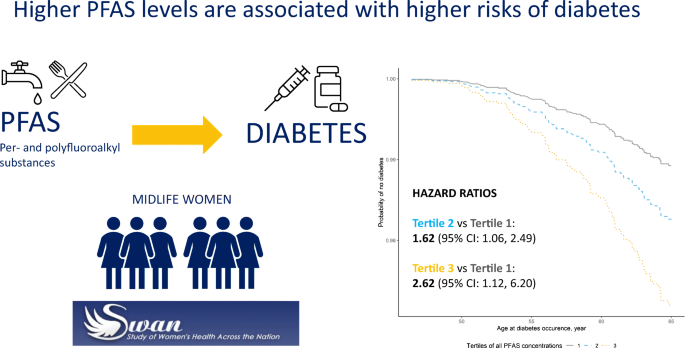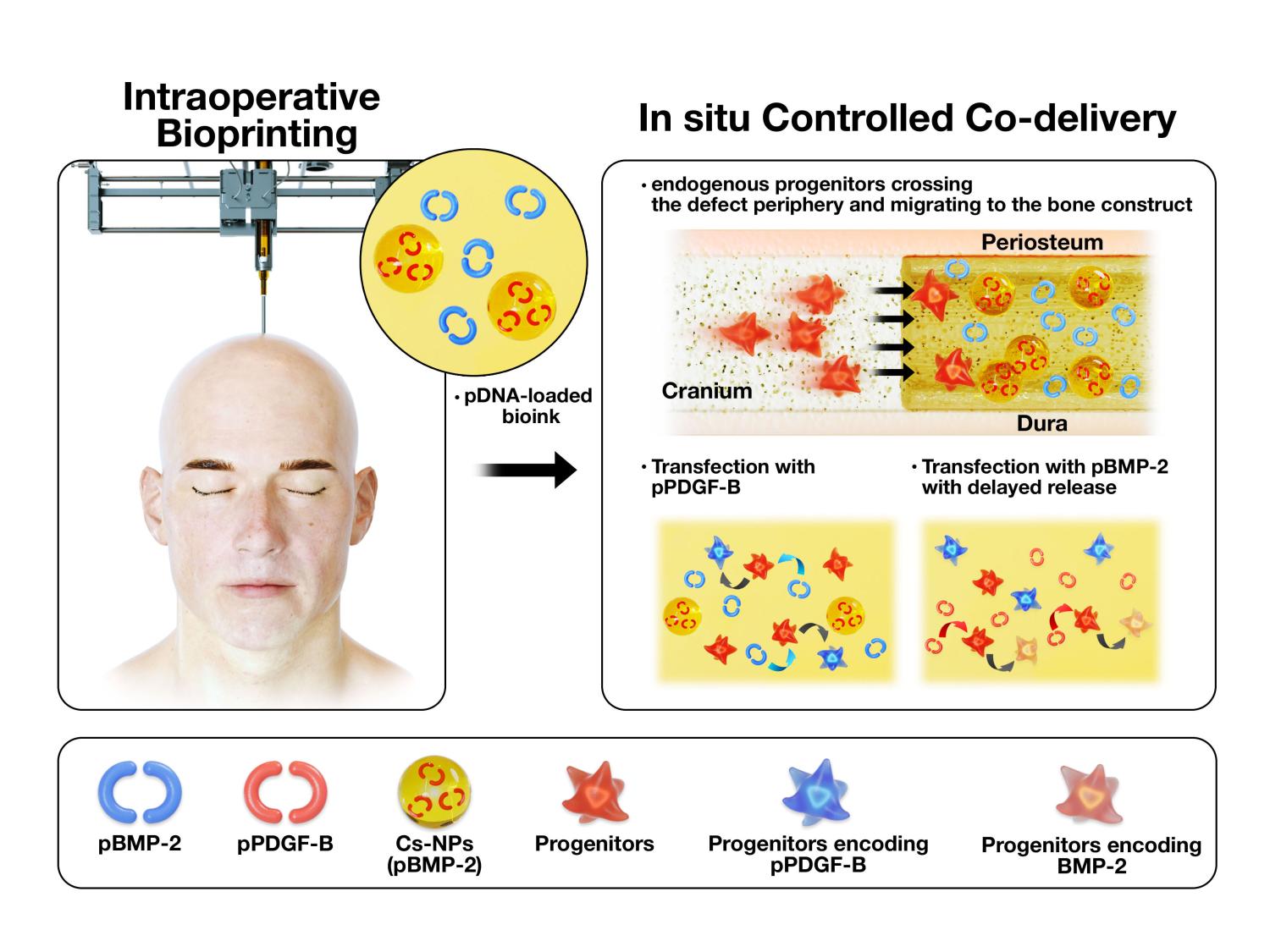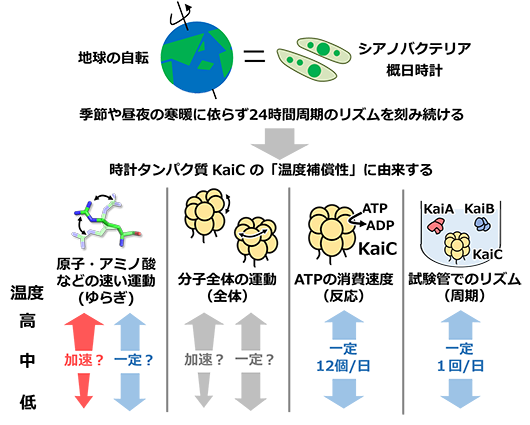2022-04-12 ミシガン大学
ミシガン大学の新しい研究によると、これらの化学物質の濃度が高いほど、中年女性の糖尿病リスクが高くなるという。
この研究は、これらの化学物質への曝露を減らすことが、米国における主要な死因の一つである糖尿病との闘いに有効であることを示唆していると、研究者は述べている。
<関連情報>
- https://news.umich.edu/high-concentrations-of-pfas-in-blood-linked-to-higher-diabetes-in-middle-aged-women/
- https://link.springer.com/article/10.1007/s00125-022-05695-5
中年女性におけるパーおよびポリフルオロアルキル物質と糖尿病発症との関係:全米女性健康調査(SWAN) Per- and polyfluoroalkyl substances and incident diabetes in midlife women: the Study of Women’s Health Across the Nation (SWAN)
Sung Kyun Park,Xin Wang,Ning Ding,Carrie A. Karvonen-Gutierrez,Antonia M. Calafat,William H. Herman,Bhramar Mukherjee &Siobán D. Harlow
Springer Published: 11 April 2022
DOI:https://doi.org/10.1007/s00125-022-05695-5

Abstract
Aims/hypothesis
Diabetogenic effects of per- and polyfluoroalkyl substances (PFAS) have been suggested. However, evidence based on prospective cohort studies is limited. We examined the association between serum PFAS concentrations and incident diabetes in the Study of Women’s Health Across the Nation Multi-Pollutant Study (SWAN-MPS).
Methods
We included 1237 diabetes-free women aged 45–56 years at baseline (1999–2000) who were followed up to 2017. At each follow-up visit, women with incident diabetes were identified by the presence of one or more of the following conditions: (1) use of a glucose-lowering medication at any visit; (2) fasting glucose ≥7 mmol/l on two consecutive visits while not on steroids; and (3) any two visits with self-reported diabetes and at least one visit with fasting blood glucose ≥7 mmol/l. Serum concentrations of 11 PFAS were quantified by online solid-phase extraction–HPLC–isotope dilution–tandem MS. Seven PFAS with high detection rates (>96%) (n-perfluorooctanoic acid [n-PFOA], perfluorononanoic acid [PFNA], perfluorohexane sulfonic acid [PFHxS], n-perfluorooctane sulfonic acid [n-PFOS], sum of perfluoromethylheptane sulfonic acid isomers [Sm-PFOS], 2-[N-methyl-perfluorooctane sulfonamido] acetic acid [MeFOSAA] and 2-[N-ethyl-perfluorooctane sulfonamido] acetic acid) were included in data analysis. Cox proportional hazards models were used to compute HRs and 95% CIs. Quantile-based g-computation was used to evaluate the joint effects of PFAS mixtures.
Results
After adjustment for race/ethnicity, site, education, smoking status, alcohol consumption, total energy intake, physical activity, menopausal status and BMI, the HR (95% CI) comparing the lowest with the highest tertile was 1.67 (1.21, 2.31) for n-PFOA (ptrend = 0.001), 1.58 (1.13, 2.21) for PFHxS (ptrend = 0.003), 1.36 (0.97, 1.90) for Sm-PFOS (ptrend = 0.05), 1.85 (1.28, 2.67) for MeFOSAA (ptrend = 0.0004) and 1.64 (1.17, 2.31) for the sum of four common PFAS (n-PFOA, PFNA, PFHxS and total PFOS) (ptrend = 0.002). Exposure to seven PFAS as mixtures was associated with an HR of 2.62 (95% CI 1.12, 6.20), comparing the top with the bottom tertiles for all seven PFAS.
Conclusions/interpretation
This study suggests that PFAS may increase diabetes risk in midlife women. Reduced exposure to these ‘forever and everywhere chemicals’ may be an important preventative approach to lowering population-wide diabetes risk.


